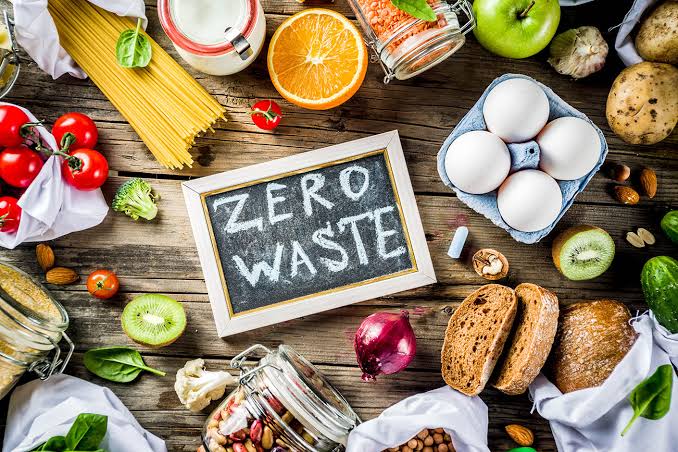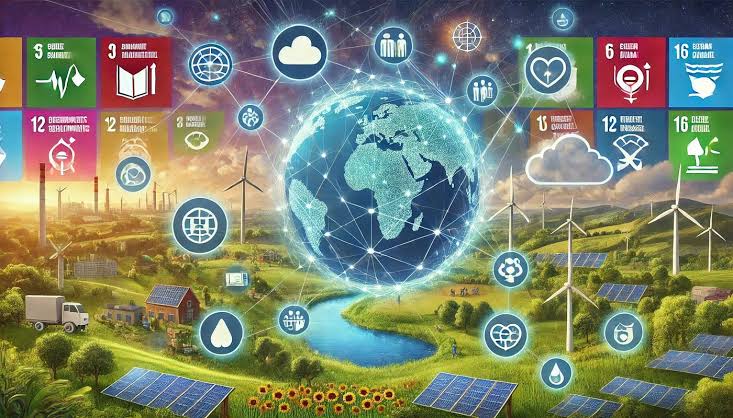Food waste has become one of the most pressing global challenges of the 21st century, with millions of tons of food discarded each year while hunger and food insecurity remain widespread. According to the United Nations, nearly one-third of all food produced globally is wasted, creating not only economic losses but also severe environmental consequences. The problem extends across the entire supply chain, from production and transportation to retail and consumer levels. In recent years, technology has emerged as a powerful tool in combating food waste while simultaneously promoting sustainability. Through innovations in artificial intelligence, smart packaging, mobile applications, and data analytics, new solutions are being developed to create a more efficient, transparent, and eco-friendly food system.
Understanding the Scope of Food Waste
The causes of food waste vary across regions and economic systems. In developed countries, waste often occurs at the retail and consumer levels due to over-purchasing, strict aesthetic standards for produce, and improper storage. In contrast, developing nations often face food losses earlier in the supply chain, primarily because of inadequate storage facilities, poor infrastructure, and lack of access to modern preservation methods. Regardless of the location, food waste contributes heavily to greenhouse gas emissions, as decomposing food in landfills releases methane, a potent contributor to climate change. Technology aims to tackle these challenges at multiple points in the chain, providing innovative ways to preserve food, optimize distribution, and improve consumer behavior.
Smart Packaging Solutions
One of the most impactful innovations in reducing food waste is smart packaging. These technologies extend shelf life, monitor freshness, and provide consumers with better information about food quality. For example, sensors and indicators embedded in packaging can detect changes in temperature, moisture, and gas levels, alerting users when food is about to spoil. Some packaging incorporates freshness labels that change color to reflect the condition of the product, ensuring that consumers know when items are still safe to eat.
Edible and biodegradable packaging is another advancement that reduces plastic use while preserving food quality. By addressing both food preservation and environmental sustainability, smart packaging plays a dual role in reducing waste and lowering the ecological footprint of food distribution.
Artificial Intelligence in Food Supply Chains
Artificial intelligence (AI) is revolutionizing how food supply chains are managed. AI-powered forecasting tools help retailers and suppliers predict demand more accurately, reducing overstocking and minimizing the chances of unsold products going to waste. By analyzing purchasing trends, weather patterns, and logistical data, AI ensures that food distribution aligns with real-time demand.
For instance, restaurants can use AI systems to monitor customer preferences and adjust menu offerings to minimize unused ingredients. Similarly, supermarkets are adopting AI to automatically adjust pricing for perishable items nearing expiration, encouraging quicker sales and preventing waste.
Mobile Applications for Food Redistribution
Mobile technology is helping bridge the gap between surplus food and people in need. Apps that connect restaurants, grocery stores, and individuals with charities and food banks ensure that excess food is redirected rather than discarded. Platforms like Too Good To Go and OLIO have gained global attention by enabling consumers to purchase unsold meals or groceries at discounted rates, reducing waste while making food more accessible.
These platforms not only fight waste but also contribute to a culture of sustainability by raising awareness and encouraging participation at the consumer level. Through real-time notifications and community engagement, mobile apps make it easy for users to contribute to waste reduction efforts.
Blockchain for Transparency and Traceability
Blockchain technology is playing a significant role in building transparency within food supply chains. By recording every stage of production and distribution in an immutable ledger, blockchain helps track food from farm to table. This ensures that inefficiencies are identified quickly and waste can be reduced. For instance, if a shipment is delayed or compromised, stakeholders can trace the exact point of disruption and take corrective measures.
Additionally, blockchain improves food safety by ensuring contaminated products are identified and removed efficiently, preventing mass waste caused by uncertainty or broad recalls. The traceability offered by blockchain supports sustainable practices by promoting accountability among producers and distributors.
IoT and Smart Sensors in Agriculture
The Internet of Things (IoT) is transforming agriculture by helping farmers optimize production and minimize post-harvest losses. Smart sensors monitor soil conditions, weather data, and crop health, ensuring better harvesting decisions. Drones equipped with imaging technology help detect pests or diseases early, reducing crop losses before they escalate.
Post-harvest, IoT-enabled storage facilities maintain ideal temperature and humidity levels, preventing spoilage and extending the life of perishable goods. By digitizing agriculture, IoT ensures that fewer resources are wasted, and food systems become more sustainable.
Consumer-Focused Solutions
While much of the focus is on production and distribution, consumer behavior remains a major contributor to food waste. Technology is offering tools to help individuals shop smarter and store food more effectively. Smart refrigerators now come with cameras and inventory systems that remind users of expiration dates, reducing the chances of food being forgotten and wasted.
Meal planning apps also guide consumers to buy only what they need, based on portion sizes and existing pantry items. By combining convenience with awareness, these technologies help cultivate responsible consumption habits at the household level.
Environmental Impact and Sustainability
Reducing food waste directly contributes to environmental sustainability. Less waste means reduced pressure on landfills, lower methane emissions, and decreased demand for land and water resources. By integrating technology into food systems, businesses and individuals can create a circular economy where resources are conserved and reused. Moreover, the adoption of renewable energy in food storage and transportation systems further aligns with global efforts to address climate change.
Challenges in Implementing Technology
Despite its potential, technology-driven solutions face barriers such as high costs, lack of infrastructure, and limited awareness in some regions. For example, small farmers in developing countries may struggle to access advanced IoT tools or blockchain systems. Similarly, consumers may be hesitant to adopt new technologies if they perceive them as expensive or complicated. Addressing these challenges requires partnerships between governments, private organizations, and innovators to ensure equitable access to sustainable technologies.
Conclusion
The role of technology in addressing food waste and sustainability is both transformative and essential. From AI-driven supply chain management and blockchain traceability to smart packaging and consumer-focused apps, technological solutions are reshaping the way we produce, distribute, and consume food. While challenges remain in terms of accessibility and adoption, the growing emphasis on sustainable practices ensures that technology will continue to drive progress in reducing food waste globally. By combining innovation with collective responsibility, societies can move closer to a future where food resources are used wisely, and sustainability becomes the norm rather than the exception.



